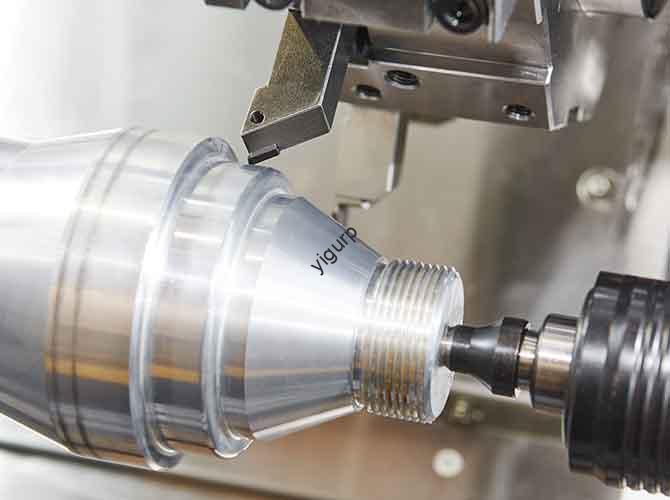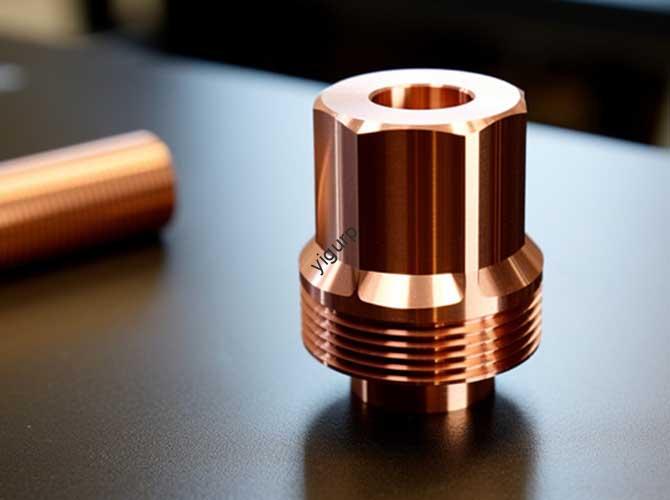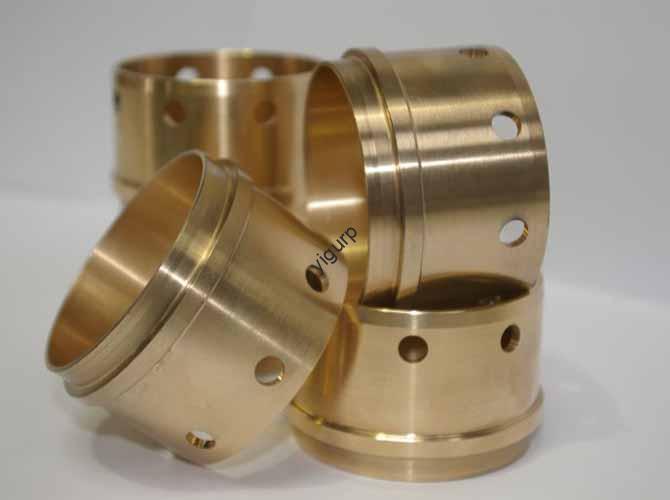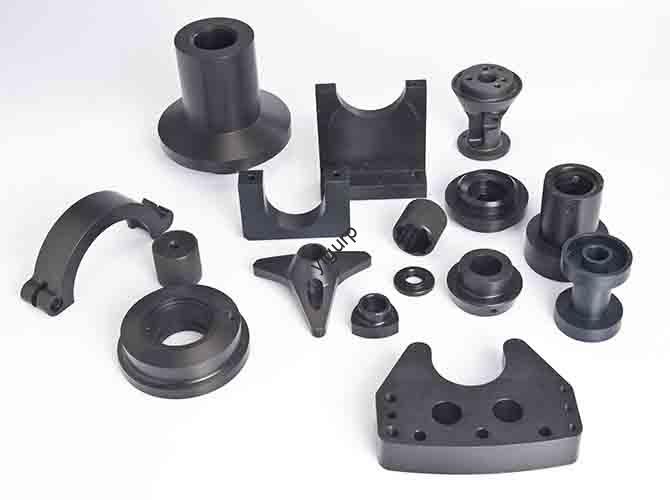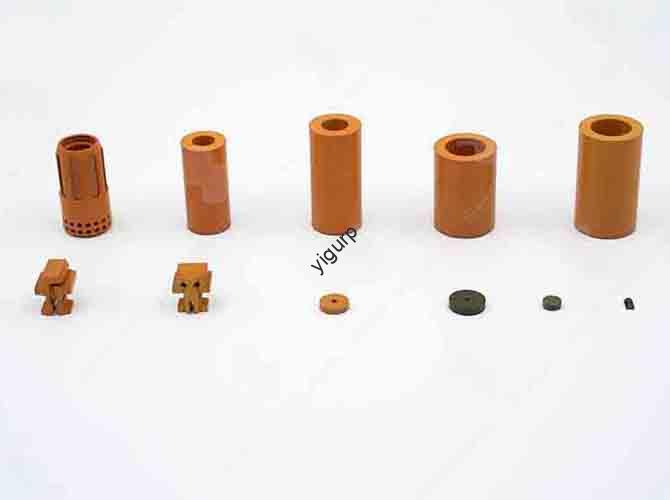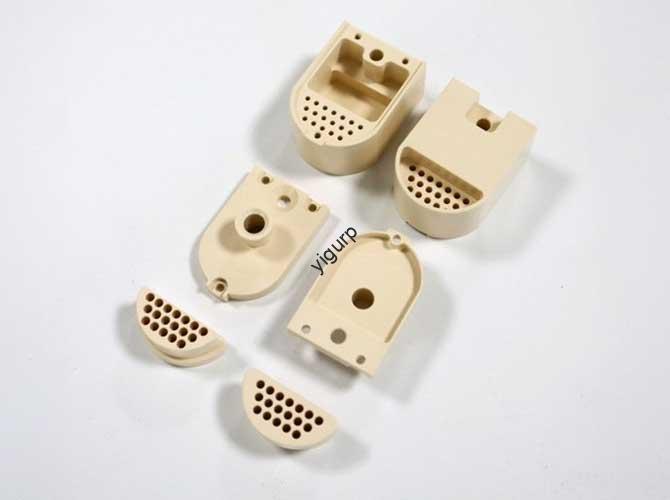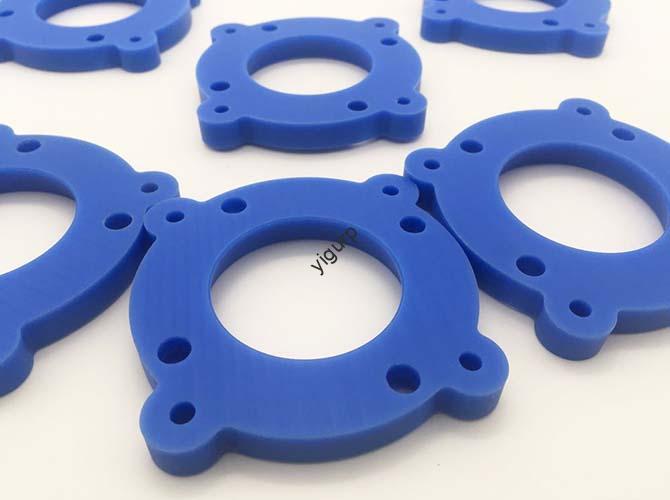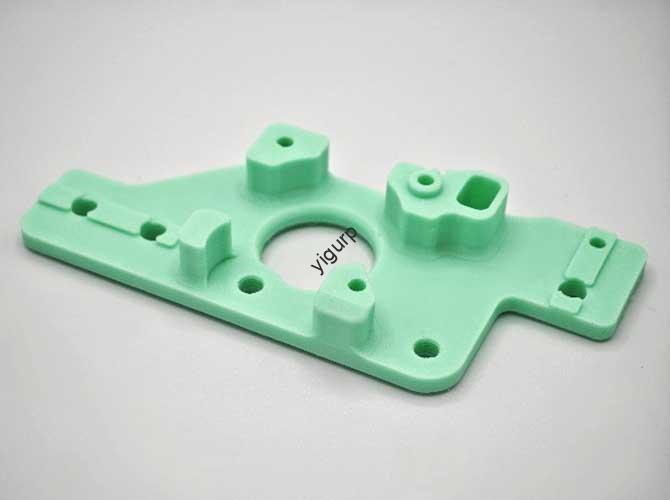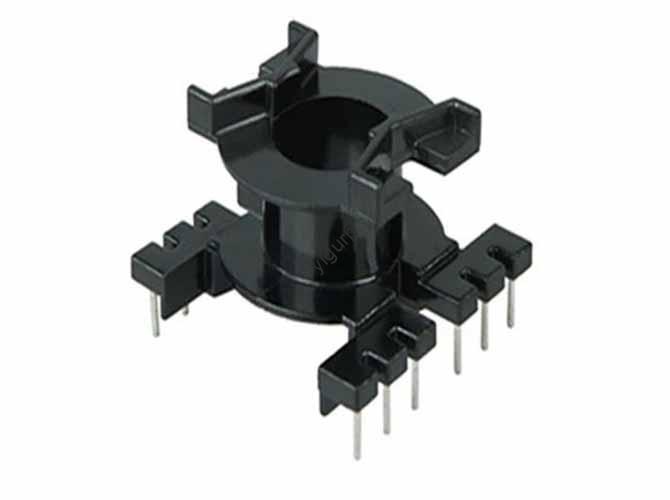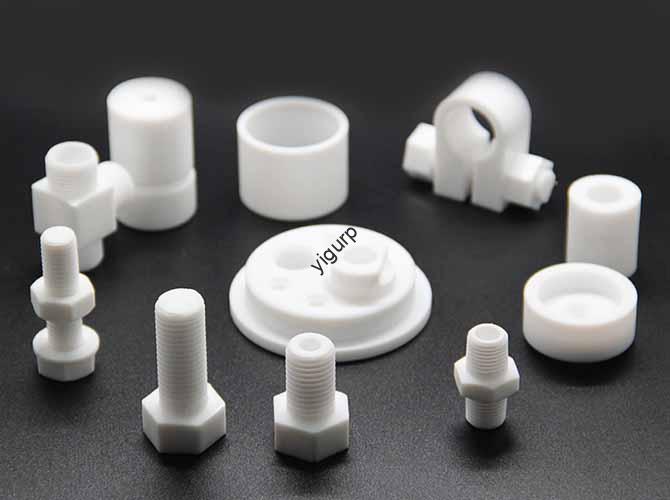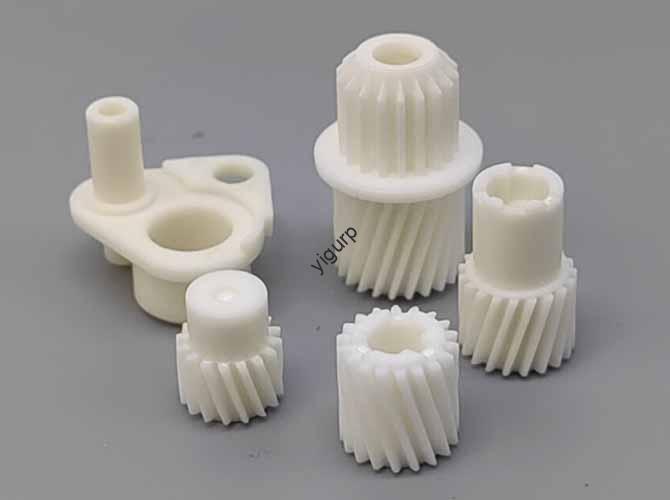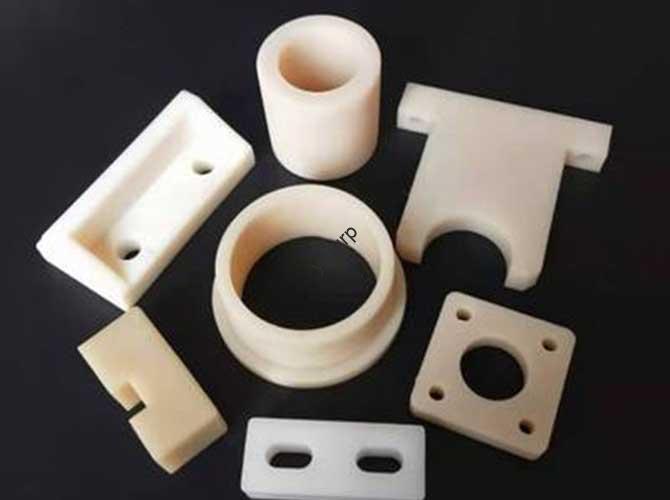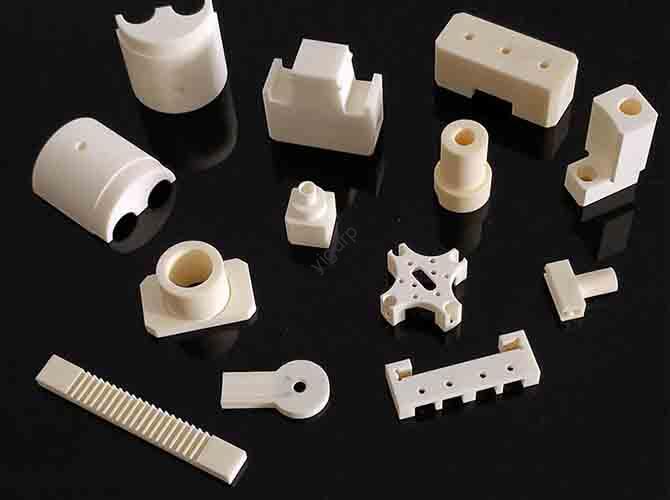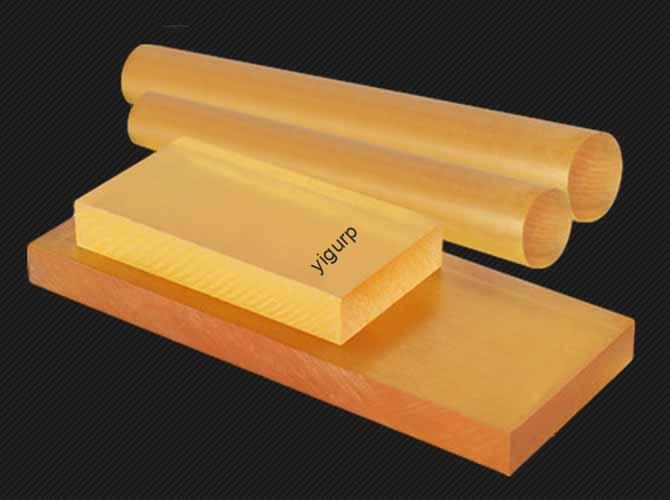Quali sono gli strumenti comuni utilizzati nella lavorazione CNC, How to Choose Them?
In CNC machining—whether for aerospace components, dispositivi medici, or automotive parts—the common tools used in CNC machining directly determine machining efficiency, Qualità della superficie, and production costs. These tools aren’t a random collection; they’re categorized by function (fresatura, perforazione, rotazione) and tailored to material properties (soft aluminum vs. hard steel) and process needs (roughing vs. finitura). […]
